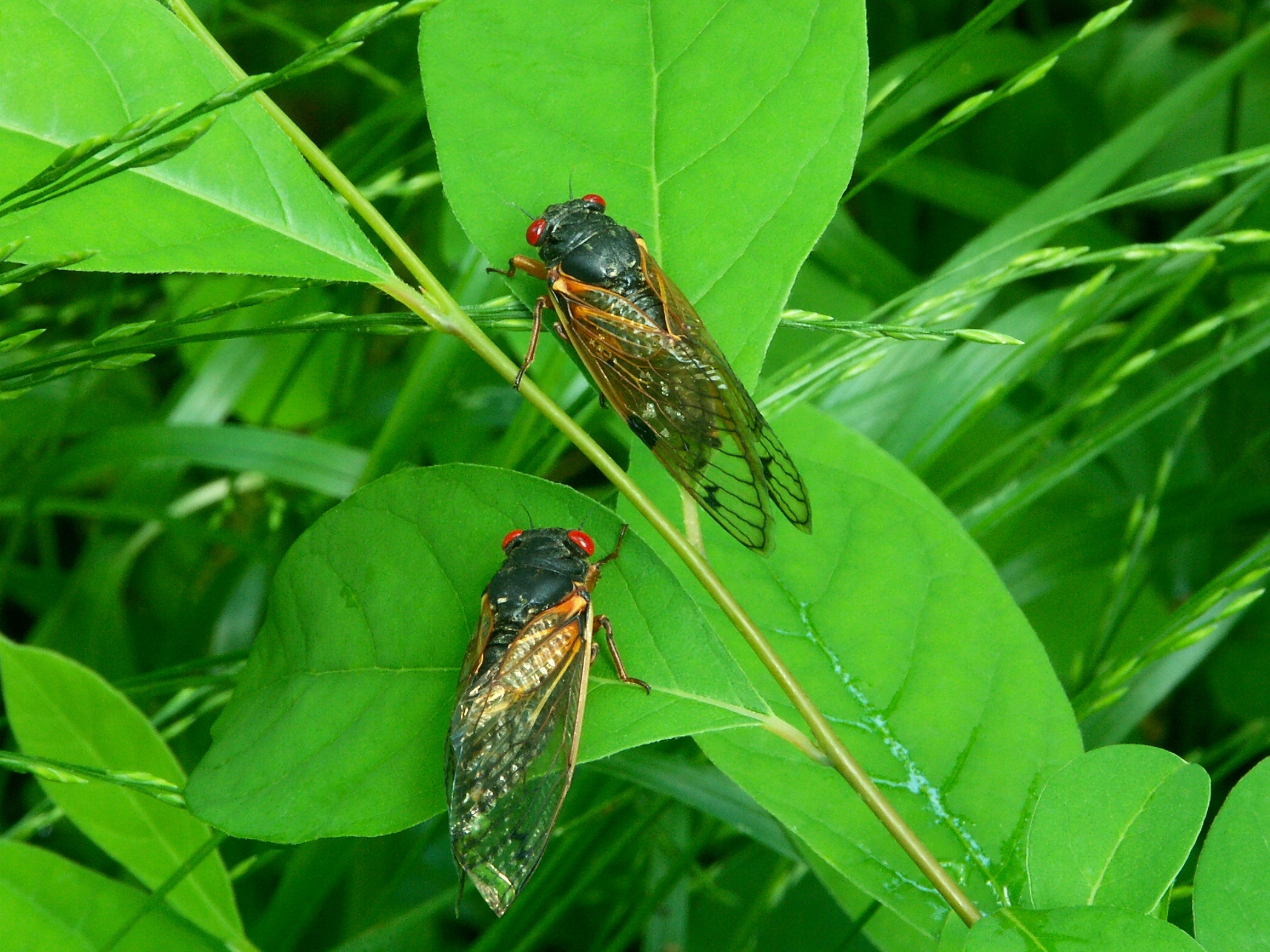TOMS RIVER, NJ – If you drive around Ocean County this month with your windows down at night, you might notice the new sounds of summer serenading you as you make your way to your destination.
Every summer, a remarkable natural symphony takes center stage as cicadas emerge from their underground abodes and fill the air with their distinctive chorus.
The annual appearance of these winged insects has puzzled and fascinated scientists and nature enthusiasts alike for generations. In this blog post, we’ll dive into the captivating world of cicadas and uncover the reasons behind their seasonal emergence.
Cicadas are insects belonging to the superfamily Cicadoidea, and they are known for their unique life cycle. Unlike many other insects, cicadas spend most of their lives underground, in a juvenile form known as nymphs. These nymphs live in the soil, where they feed on the sap from tree roots. Depending on the species, this underground phase can last anywhere from two to seventeen years.
The emergence of cicadas is a highly coordinated event triggered by environmental cues. When the time is right, usually when the soil temperature reaches a specific threshold, the nymphs instinctively know it’s time to make their grand appearance. En masse, they crawl out of the ground and ascend nearby trees or structures. Then, they shed their nymph exoskeletons and transform into adults with fully developed wings.
Cicadas are renowned for their loud and vibrant songs, produced by the males to attract females for mating. The sound is generated by a specialized organ called a tymbal, which contracts and vibrates rapidly. The unique songs of different cicada species vary in tone and tempo, creating a chorus that is often described as both mesmerizing and deafening.
The reason behind cicadas’ periodic emergence is linked to their survival and reproductive strategy. By spending years underground, the nymphs can avoid most predators and environmental disturbances. This extended period allows them to establish strong root connections and access a nutrient-rich food source, ensuring their growth and development.
Emerging en masse during the same season is a survival tactic known as predator satiation. With such an overwhelming number of cicadas emerging simultaneously, predators like birds, mammals, and insects are unable to consume them all. This ensures that enough cicadas will survive to mate and lay eggs, perpetuating the species for the next generation.
TCicadas hold a special place in the ecological and cultural fabric of many regions worldwide. They play crucial roles in nutrient recycling, soil aeration, and ecosystem health. Moreover, their annual emergence has inspired numerous cultural myths, stories, and even culinary traditions in certain parts of the world.
The summer emergence of cicadas is a remarkable spectacle of nature, a testament to the intricacies of life cycles and ecological balance. Their synchronized appearance, accompanied by their captivating songs, reminds us of the beauty and mystery that nature holds. So, the next time you hear the summer serenade of cicadas, take a moment to appreciate this fascinating phenomenon and the wonders of the natural world that surround us.
